Home> Technical Articles> Learn How To Adjust Compensation On A Hydraulic Pump
- AddressNo.1875 East Changjiang Road, New District, Wuxi, Jiangsu,China
- Factory AddressNo.1875 East Changjiang Road, New District, Wuxi, Jiangsu, China
- Worktime9:00-18:00
- Phone(Working Time)86-510-85310167
Hydraulic pumps are a vital component in various industrial and manufacturing applications, powering machinery and equipment with hydraulic energy. Hydraulic pump compensator adjustment is an important process that can optimize the efficiency and performance of these pumps. In this article, we will discuss the basics of hydraulic pump compensator adjustment.
Proper adjustment of the hydraulic pump compensator is essential to ensure optimal performance and efficiency of the hydraulic system. A hydraulic pump compensator is responsible for adjusting the pressure in the system, sensing the load on the hydraulic system and regulating the pump output to maintain a consistent flow rate. Overcompensation or under-compensation can lead to poor system performance, decreased productivity, and increased energy consumption.
Adjusting the hydraulic pump compensator can be a straightforward process, but it is essential to follow the manufacturer's instructions and guidelines. Using the appropriate tools and equipment and regularly inspecting and maintaining the hydraulic pump and compensator can help to prolong the life of the system and prevent costly repairs.
Understanding Hydraulic Pump Compensation
Hydraulic pumps are a fundamental component of various industrial and manufacturing applications, including construction equipment, aerospace, and mining industries. Hydraulic pumps convert mechanical power into hydraulic energy and are designed to generate a specific flow rate and pressure range that matches the hydraulic system's requirements. Understanding the different components of hydraulic pumps and their functions is crucial to maintaining optimal pump performance and extending the pump's lifespan. Hydraulic pump compensation is one of the critical components in hydraulic pumps that regulates the flow of hydraulic fluid and maintains consistent pressure levels in the system.

Importance of Hydraulic Pump Compensation Adjustment
Hydraulic pump compensation adjustment is crucial for maintaining optimal performance and efficiency of hydraulic systems. Proper compensation adjustment ensures a consistent flow rate, which is essential for preventing damage to the system and improving its lifespan. An incorrectly adjusted hydraulic pump compensator can result in decreased productivity, increased energy consumption, and potential damage to the system's components.
Adjusting the hydraulic pump compensation helps to maintain the desired pressure and flow rate throughout the system, ensuring that it operates efficiently. This is accomplished by regulating the hydraulic pump output using the compensator, which detects the load on the system and adjusts the pump output accordingly. Proper adjustment of the hydraulic pump compensator can prevent system breakdowns, increase the lifespan of the hydraulic pump, and improve the system's overall performance.
Steps for Adjusting the Hydraulic Pump Compensation
Adjusting the hydraulic pump compensation involves several steps to ensure the process is completed accurately and safely. The following are the steps to follow when adjusting the hydraulic pump compensation:
Step 1: Identify the Location of the Hydraulic Pump Compensator
Before adjusting the hydraulic pump compensation, you must first locate the hydraulic pump compensator. The location of the compensator varies depending on the type and model of the hydraulic pump. Check the manufacturer's manual or instructions to determine the compensator's location in your hydraulic system.
Step 2: Turn Off the Hydraulic System
Ensure that the hydraulic system is turned off before adjusting the hydraulic pump compensation. This will prevent any accidental movement of the hydraulic components and reduce the risk of injury.
Step 3: Relieve Any Pressure That May Be Present
Relieve any pressure in the hydraulic system that may be present before adjusting the hydraulic pump compensation. This can be done by opening the pressure release valve or venting the hydraulic system.
Step 4: Adjust the Compensator Control Valve
Using the manufacturer's manual or instructions, adjust the compensator control valve to set the desired pressure level. Use the appropriate tools and equipment to ensure accuracy and safety when adjusting the control valve.
Step 5: Turn On the Hydraulic System and Test the Pump's Output
After adjusting the compensator control valve, turn on the hydraulic system and test the pump's output to ensure that it matches the system requirements. Use a flow meter or pressure gauge to measure the flow rate and pressure output of the pump.
Step 6: Repeat the Adjustment Process If Necessary
If the pump's output does not match the system requirements, repeat the adjustment process until the desired output is achieved. Ensure that you follow the manufacturer's instructions and guidelines for adjusting the compensator control valve.
Following these steps will help you to adjust the hydraulic pump compensator accurately and safely, ensuring optimal performance and efficiency of the hydraulic system.
Tips for Effective Hydraulic Pump Compensation Adjustment
When adjusting the hydraulic pump compensator, there are several tips that you should keep in mind to ensure that the adjustment is effective and safe. Here are some essential tips to consider:
-
Refer to the Manufacturer's Instructions: It is always essential to follow the manufacturer's instructions and guidelines when adjusting the hydraulic pump compensator. The manufacturer's instructions will provide you with the necessary information on how to adjust the compensator accurately and safely.
-
Use Appropriate Tools and Equipment: To adjust the hydraulic pump compensator accurately, you need to use the appropriate tools and equipment. The right tools will help you achieve the desired output accurately and safely. Make sure that you have the correct torque wrench and other necessary tools.
-
Test the Pump's Output: Once you have adjusted the hydraulic pump compensator, it is crucial to test the pump's output to ensure that it matches the system requirements. Testing the output will help you identify any issues and prevent system breakdowns.
-
Regularly Inspect and Maintain the Hydraulic Pump and Compensator: Regular inspection and maintenance of the hydraulic pump and compensator are essential to ensure optimal performance and prevent system breakdowns. Inspect the system for any leaks, wear, and tear, and replace any damaged parts.
-
Ensure Safety: Safety is a crucial aspect when adjusting the hydraulic pump compensator. Always wear protective gear, such as gloves and safety glasses, when working on the hydraulic system. Additionally, make sure that you follow all safety guidelines and regulations.
By following these tips, you can adjust the hydraulic pump compensator accurately and safely, ensuring optimal performance and preventing system breakdowns.

Proper adjustment of the hydraulic pump compensator is critical to ensure optimal performance and efficiency of the hydraulic system. By following the steps outlined in this article, you can adjust the hydraulic pump compensator to match the system requirements and prevent system breakdowns. However, there are a few tips that can help you achieve more effective hydraulic pump compensation adjustment.
Firstly, always refer to the manufacturer's instructions and guidelines when adjusting the hydraulic pump compensator. These instructions are tailored to the specific hydraulic pump model and are designed to help you achieve optimal performance.
Secondly, use the appropriate tools and equipment to ensure accuracy and safety. For instance, when adjusting the compensator control valve, use a torque wrench to avoid over-tightening the valve, which can cause damage to the system.
Thirdly, make sure to test the pump's output after adjusting the compensator to ensure that it matches the system requirements. This is essential to prevent system breakdowns and ensure optimal performance.
Finally, regularly inspect and maintain the hydraulic pump and compensator to ensure optimal performance and prevent system breakdowns. Check the system for leaks, worn or damaged components, and other issues that may impact its performance.
By following these tips, you can ensure that your hydraulic system operates at peak performance, and you can save on operating costs and reduce downtime due to system breakdowns. Regular maintenance and inspection of the hydraulic pump and compensator can help to prolong the life of the system and prevent costly repairs.


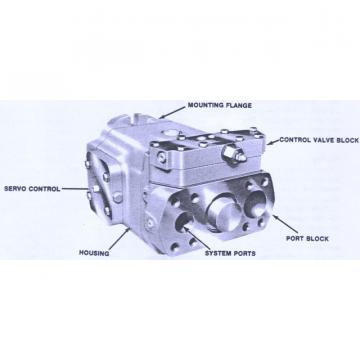 Dansion gold cup piston pump P30P-8L5E-9A4-A00-0B0
Dansion gold cup piston pump P30P-8L5E-9A4-A00-0B0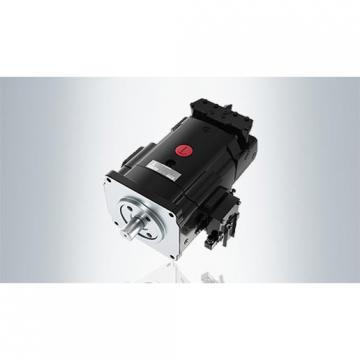 Dansion gold cup piston pump P30P-8L5E-9A2-B00-0C0
Dansion gold cup piston pump P30P-8L5E-9A2-B00-0C0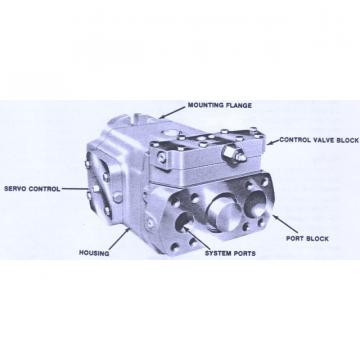 Dansion gold cup piston pump P30L-8L5E-9A7-A0X-B0
Dansion gold cup piston pump P30L-8L5E-9A7-A0X-B0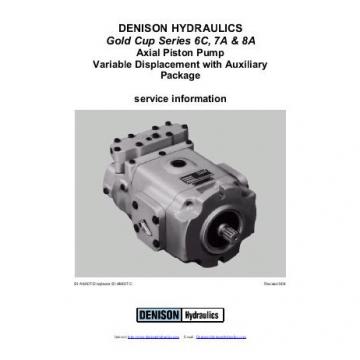 Dansion gold cup piston pump P30P-2R5E-9A7-B00-0C0
Dansion gold cup piston pump P30P-2R5E-9A7-B00-0C0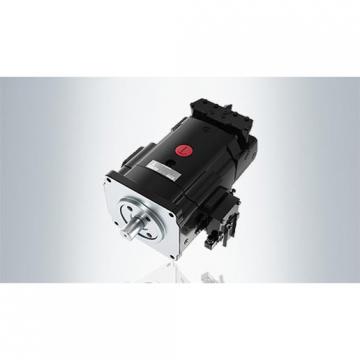 Dansion gold cup piston pump P30L-7R5E-9A2-A0X-D0
Dansion gold cup piston pump P30L-7R5E-9A2-A0X-D0